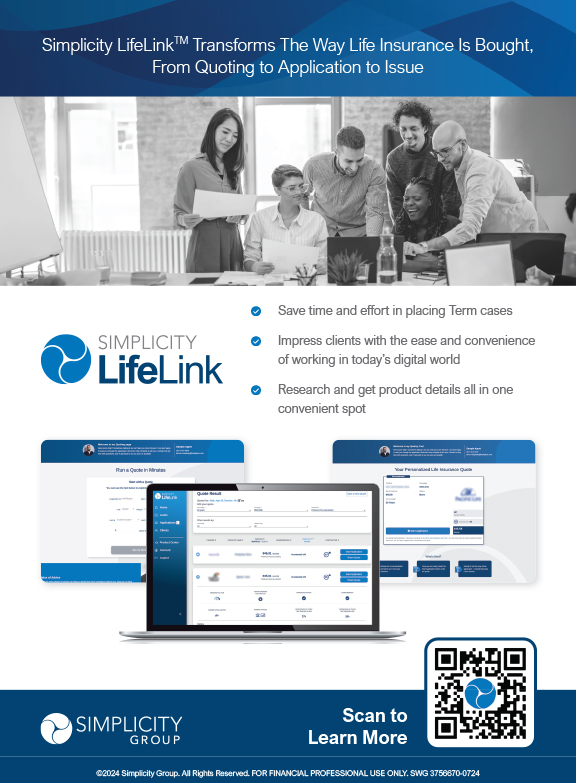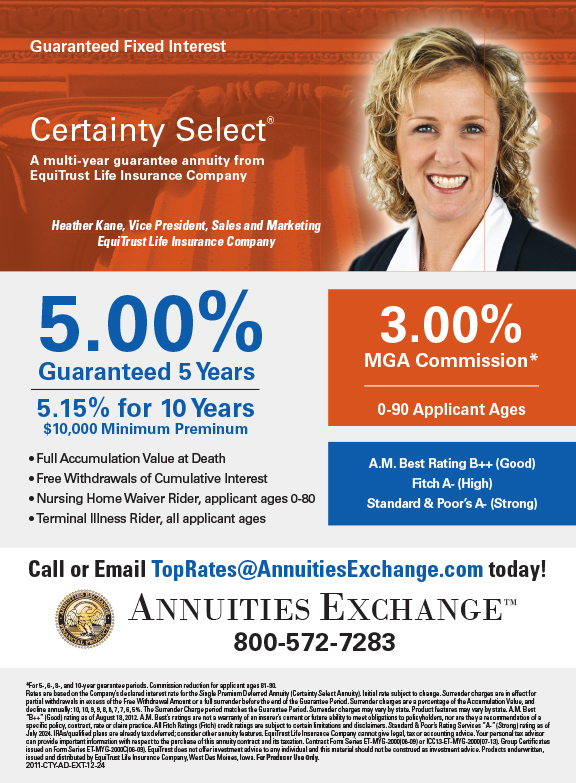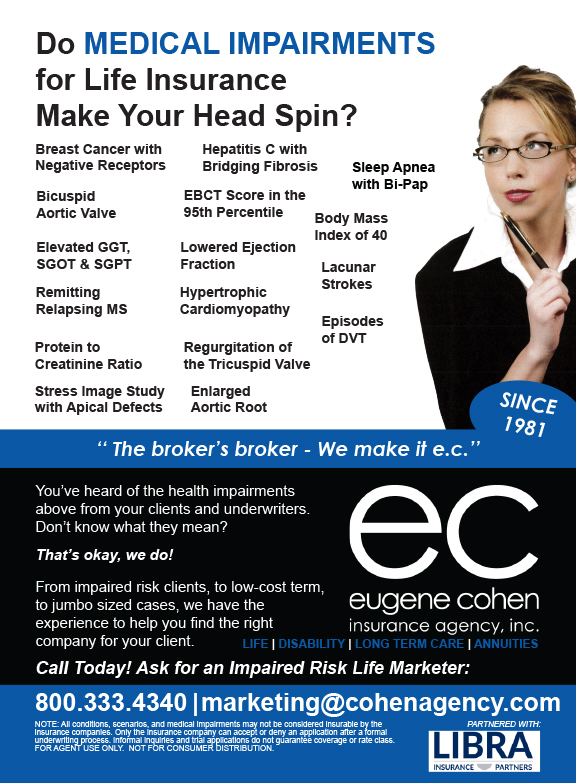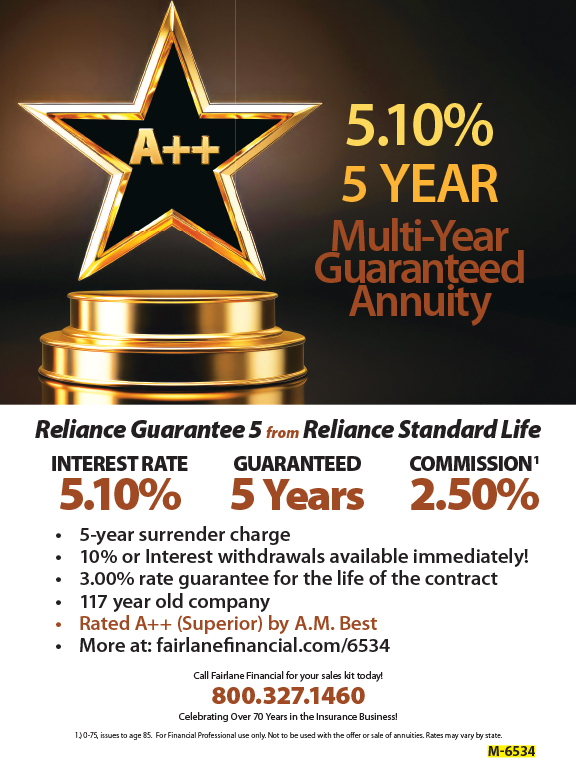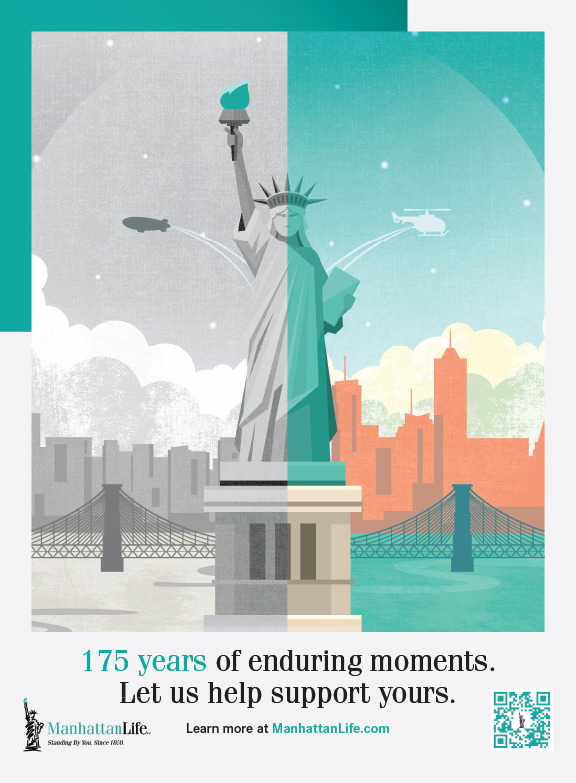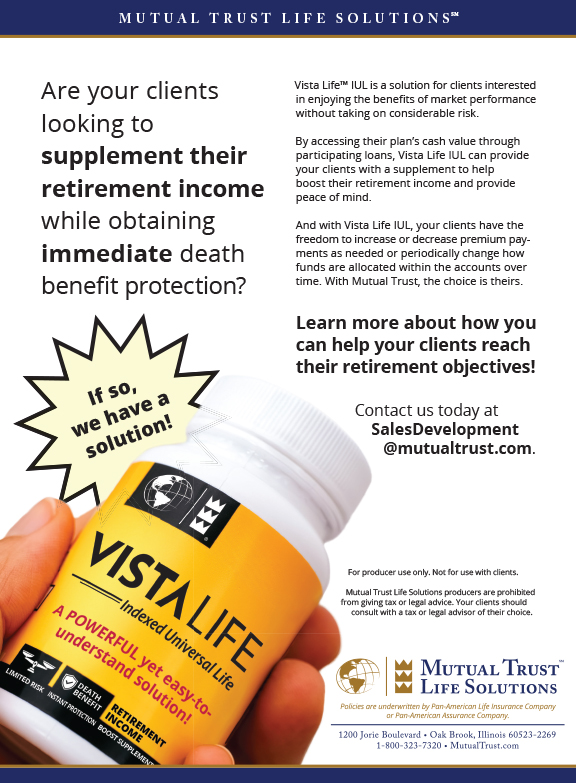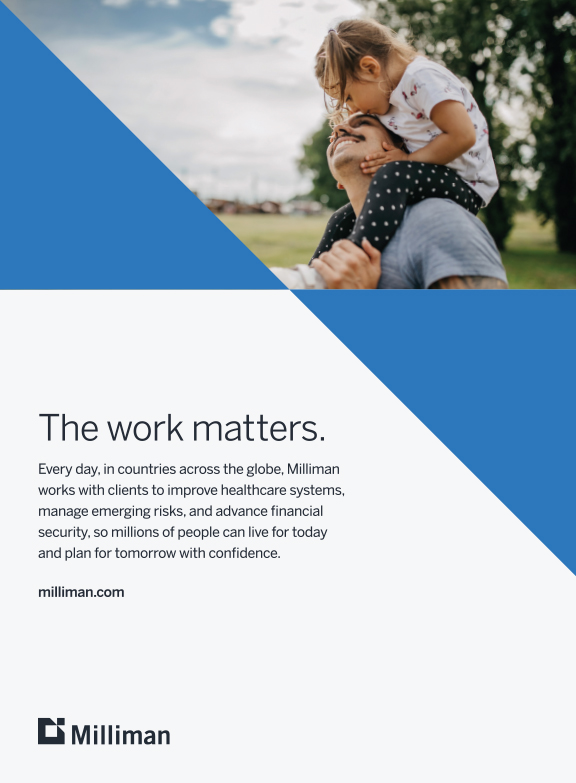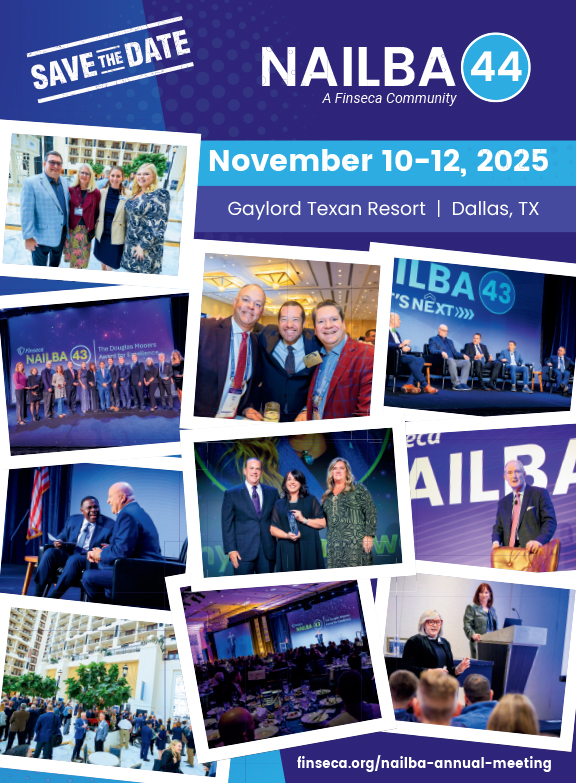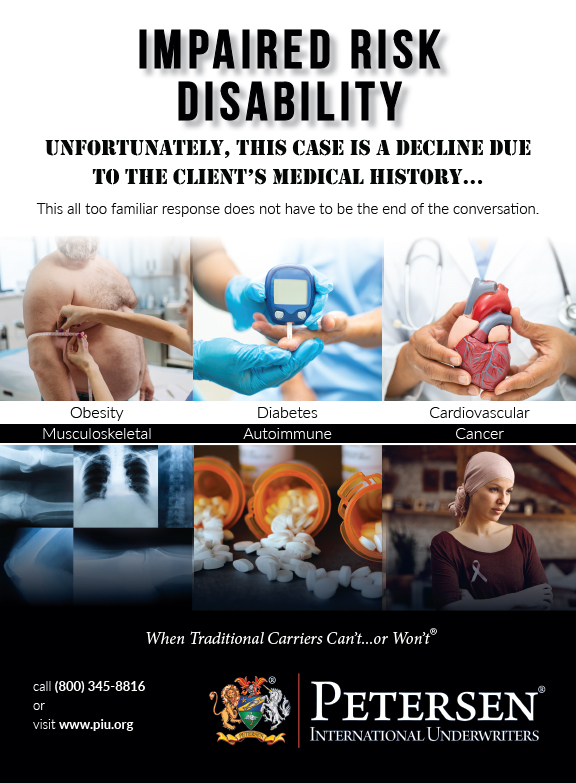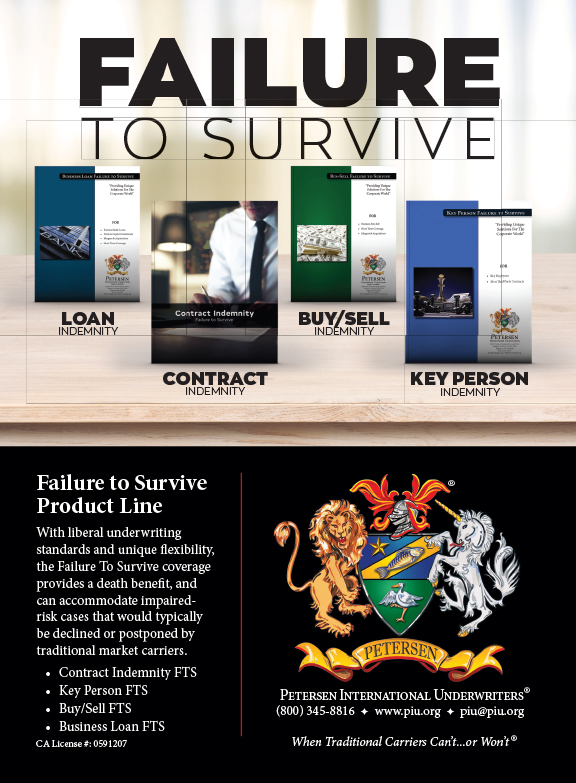It was more than 400 years ago when Shakespeare with his keen sense of observation and his special spewed words, created within his famous play, As You Like It the even more famous soliliquy called The Seven Ages of Man. It is with great respect that we call on these words to help us understand the challenges we humans face in our living of life.
Separately, we have discovered the costs involved in living of life and we have written about this concern in our book, “Life Is Just a Cash Flow.” We felt we wanted to share these thoughts with our readers for it creates an important understanding of the important product we call disability income insurance.
The living of life forces people to be consumers. Very few people could survive on earth without the necessities and the facilities that can only be had by paying for them. Money to spend has become the staff of life, for bread alone will no longer suffice.
The human body, a magnificent machine, cannot survive without food or energy, for growth, for reproduction, for healing of wounds, and for counteracting disease. The elements in our environment often act in a contrary way. Shelter is required or life is snuffed out. Clothing has become an art form, but basically it is a form of bodily protection from the burning sun, the freezing rain and wind, and a defense against exposure and disease.
A fourth necessity has entered life’s pictures in these modern times, and that necessity is money for health care. The living of life in today’s world takes place in areas crowded by fast-moving things that substantially increase the odds of accidental bodily injury. Our living close to others increases the transmittal of disease. Physicians, hospitals, medicines and technicians have become a built-in part of our living standards. Like the constantly moving second hand on a clock, life is being consumed. But from an economic point of view, each tick of the hand on the clock represents an expenditure of money. There is no break; there is no stopping the spending. A person can jump in bed, cover up the head, grit the teeth and vow not to spend any more money. It won’t work, for the belly empties and unless replenished, the person will die. The choice is to spend money, or die. And we observe that from the first breath of life until the last breath of life, living costs money… Which you or someone else has to pay!
In the Seven Ages of Man, Shakespeare recognized the infant, then the whining schoolboy and then the lover. We might observe that the living costs in these ages will be paid by someone else. Then the solider and the justice where in the person pays his own way before entering “the last scene of all, that ends this strange eventful history. In second childishness and mere oblivion, sans teeth, sans eyes, sans taste, sans everything.”
The Millionaires Club did not exist in Shakespeare’s time, but if it had, he may well have suggested that because the living of life costs so much a person would be wise to join the club. Members would have been and are still limited to people who have accumulated at least one million dollars in wealth. There are many values and advantages in life to being a member of the Millionaires Club. The term “millionaire” came into use a century ago, according to Fortune magazine. It was used to refer to people who achieved a mass of wealth that exceeded one million dollars. A million dollars in the early twentieth century would equate to about $20 million today. If one does not make the $20 million grade and only makes it to $10 million (which is not uncommon) it makes a person a member of minor royalty in most towns in the United States.
Income earners (at most levels) are millionaires in the making. Earners own their future, so the future earned income is a substantial assets.
Comparison: a person buys a house. This house is listed on his financial statement as an asset worth the price paid. The house carriers a mortgage but the equity value is listed on the net worth statement and is respectably admitted to the person’s wealth estimate.
The House:
- Purchase price ~ $500,000
- Down payment ~ $80,000
- Balance ~ $420,000
- 30 year mortgage
- 6% interest
- Monthly payment of $2,969.32 x 360 payments (ultimate cost) = $1,068,955.20
Why does the person consider this house as a valuable asset? It costs more and more due to mortgage costs, taxes, property insurance, upkeep and repair. Does the person feel this is a good asset? The chances are he does and proudly lists it on the net worth statement. The value of the asset assumes the inflation factor will outperform depreciation, upkeep, taxes and repairs. It is a customary measure of wealth.
But what is the rationale for not insuring future earned income that has the potential of yielding much, much more? Earned income of $150,000 per year times 30 years (comparing it to the mortgage run) equals $4.5 million.
If one feels compelled to insure a $500,000 house, why does this person refrain from insuring a $4.5 million asset? The chance of a home being destroyed by fire is substantially less than getting sick or hurt and unable to work—about one in 1,200 versus one in 30!
Purveyors should portray the disability plan as a financial product that yields cash benefits to the insured that will provide a level of income that approximates the normal income flow enjoyed by the insured. Tax advantages notwithstanding, the amount of cash benefits needed by the insured is possible due to modern issue and underwriting limits. Such benefits (logically arranged) provide the solution of a continuing income cash flow when the insured becomes sick or hurt and unable to perform his job.
As purveyors of economic freedom, we should remember that we are duty bound to inform those people who are wise enough to listen. It is usually necessary to help lift their thinking about the dread they believe they will have over paying an additional premium for coverage they hope to never use (disability income). Life does not work in an absolute, programmed manner. It is filled with shock and surprise, which is why insurance becomes a desirable financial tool that can sustain an adequate level of income and a desirable peace of mind, along with the hoped-for lifestyle; not just once, but multiple times during a working career.
Getting sick or hurt is the most probable bad thing that will happen to a person. A person should always remember that the body is a machine and is prone to break down and need repairs on occasion. Of all the hazards to our assets, disability is the worst thing that can interfere with the performance and the value of those assets.
We can help the insured by making him understand that some things can be self-insured. Other risks are believed to be covered by bank loans—a risk for the banker, not necessarily available on the day needed, and with no guarantee that a loan will be made. A risk remains a risk unless it is covered by a guaranteed facility. The coupling of a bank loan guaranteed by an insurance product makes the continuation of adequate income something to truly depend on.
With the advent of new and enterprising approaches to the selection and underwriting of disability risks, a person need not be caught short by not having disability coverage for any and all situations. In the course of a working career, disability insurance can be called on to perform time after time. The cost of this peace of mind is of little consequence to “millionaires.”
Do Millionaires Need Disability Insurance?
The only difference between a millionaire and an aspiring millionaire, in terms of disability coverage, is that one needs insurance and the other wants insurance. An aspiring millionaire certainly has an absolute need for a well-designed disability financial plan, whereas the successful millionaire may not, but he absolutely wants to secure the wealth he has accumulated.








